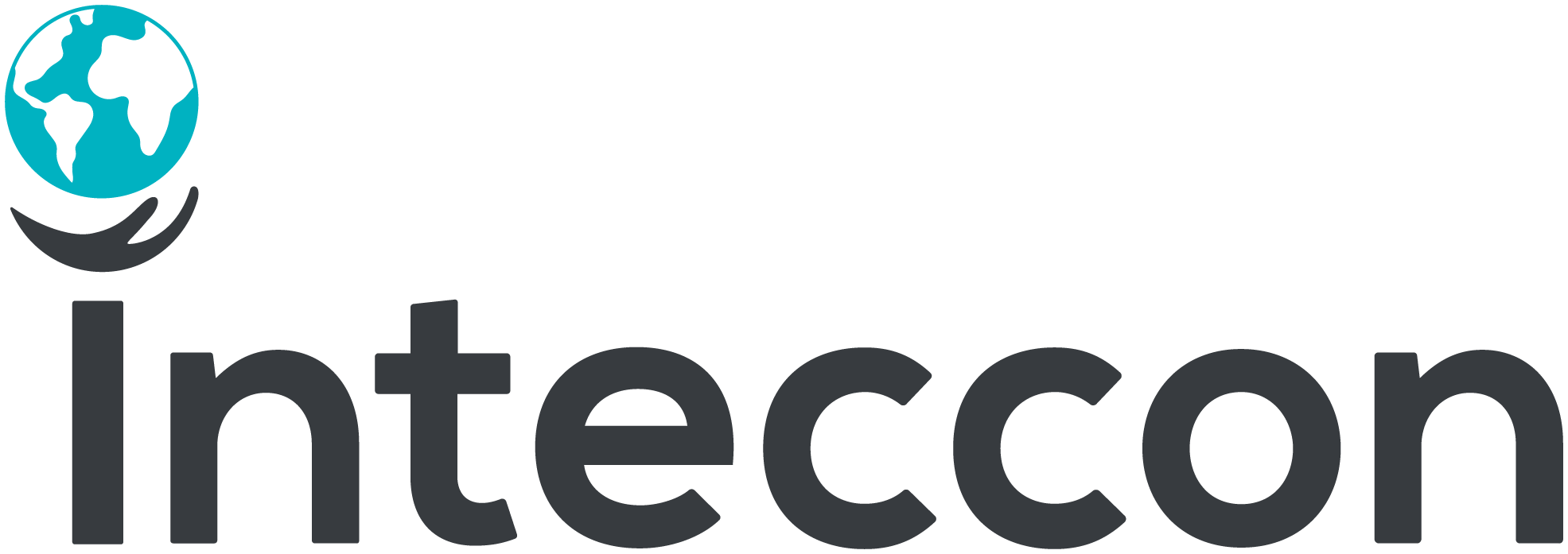Heat stress monitoring isn’t an add-on; as the climate shifts, the rise in workplace temperatures is not just uncomfortable, it’s becoming life-threatening. OSHA reports that over the past decade, heat-related illnesses and fatalities among U.S. outdoor workers have climbed steadily, with hotspots in agriculture, construction, and manufacturing. Against this backdrop, modern heat stress monitoring tools are transforming awareness into prevention and saving lives.
When climate meets the jobsite
The summer has brought record-breaking heat waves across parts of California and the Southeast, sending the heat index above 100°F in locations where workers were still required outdoors. In response, some municipalities raised red flags, and others sent workers home. These extreme conditions highlighted a painful truth: traditional safety measures that rely on worker self-reporting or occasional checks are no longer sufficient. Continuous, contextual heat stress monitoring is the only way to stay ahead.
When workers wearing PPE or laboring in physically demanding roles face rising temperatures, their bodies struggle to cool. Fatigue, dizziness, and even heat stroke can set in quickly. Rather than wait until symptoms appear, effective employers now use real-time environmental and physiological monitoring to act early, but only if equipped with the right tools.
From reaction to prevention: the evolving role of heat stress monitoring
Reliance on anecdotal reports or sporadic temperature checks creates inconsistent safety outcomes. What industries need now is a data-driven, proactive system.
Take, for example, a construction site in Arizona during the summer. Rather than waiting for a heat-related incident, a forward-thinking company installs real-time monitoring to track Temperature, Humidity, and Wet Bulb Globe Temperature (WBGT) alongside physiological signs like heart rate and skin temperature. When thresholds rise, managers rotate crews, increase breaks, or hydrate teams before a crisis occurs.
This shift from reactive to preventive safety not only protects workers, it preserves morale, reduces absenteeism, and helps avoid costly OSHA investigations.

The power of technology in heat stress monitoring
At Inteccon, we understand that smart tools are at the heart of progressive safety programs. Two standout solutions in our portfolio are the Questemp heat stress monitors from TSI—laboratory-certified instruments designed specifically to deliver real-time, actionable data. These devices offer unmatched precision and ease of use for real-world environments.
Questemp 44 / 46 / 48N – Multi-sensor Environmental Monitoring
The Questemp 44, 46, and 48N series are environmental monitors ideal for jobsite or facility-level tracking. These units combine sensors for air temperature, natural wet bulb, globe temperature, and humidity, calculating WBGT, widely recognized as the international standard for heat stress monitoring.
Unlike devices that provide averages, Questemp delivers continuous, time-stamped readings. Managers can monitor conditions on-site or remotely, visualize trends, and receive alerts when conditions exceed thresholds, enabling immediate risk reduction measures.
Questemp 32 / 34 / 36 – Individual Worker Monitoring
Where personal exposure matters, the Questemp 32, 34, and 36 versions step in. Worn on the arm, these lightweight devices couple environmental and physiological indicators, vital signs like core or skin temperature, with ambient data to provide a detailed profile of each worker’s heat strain.
This personalized approach helps safety teams recognize who may be approaching hazardous exposure, even when environmental conditions fluctuate. It supports individualized interventions like adjusting work/rest cycles or modifying hydration protocols for vulnerable employees.
Why these tools make a critical difference
In five minutes, they shift safety from guesswork to certainty:
- Authoritative data replaces estimates and subjective judgments.
- Real-time alerts enable faster decisions at the jobsite.
- Verified documentation simplifies compliance and incident review.
- Personalized monitoring protects individuals rather than treating all crew members as the same.
With companies already facing challenges from heat exposure lawsuits, the cost-benefit of a robust heat stress monitoring system has never been clearer.
Expanding safety culture one degree at a time
The best safety systems do more than track conditions—they change behavior. When a company invests in technology like Questemp, it sends a powerful message: worker well-being is non-negotiable. Teams feel seen, management feels informed, and risks are mitigated before they escalate. That’s the kind of culture modern businesses strive for.

Building resilience in the workplace
As wildfires, record temperatures, and longer summers become more the norm than the exception, we must evolve beyond basic compliance. Investing in real-time heat stress monitoring, powered by devices like the Questemp line, positions organizations not just to survive, but to lead.
If protecting workers and maintaining operational continuity matters to you, it’s time to bring precision and responsiveness into your safety strategy.
Together, let’s make heat-driven tragedies a thing of the past.
